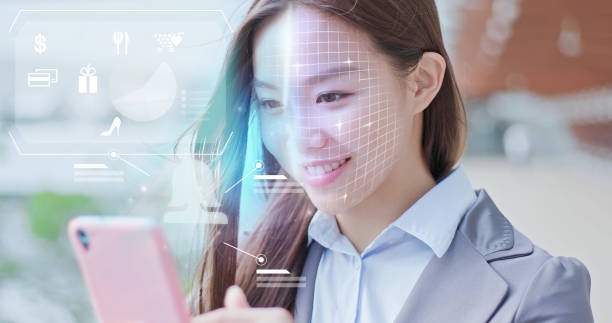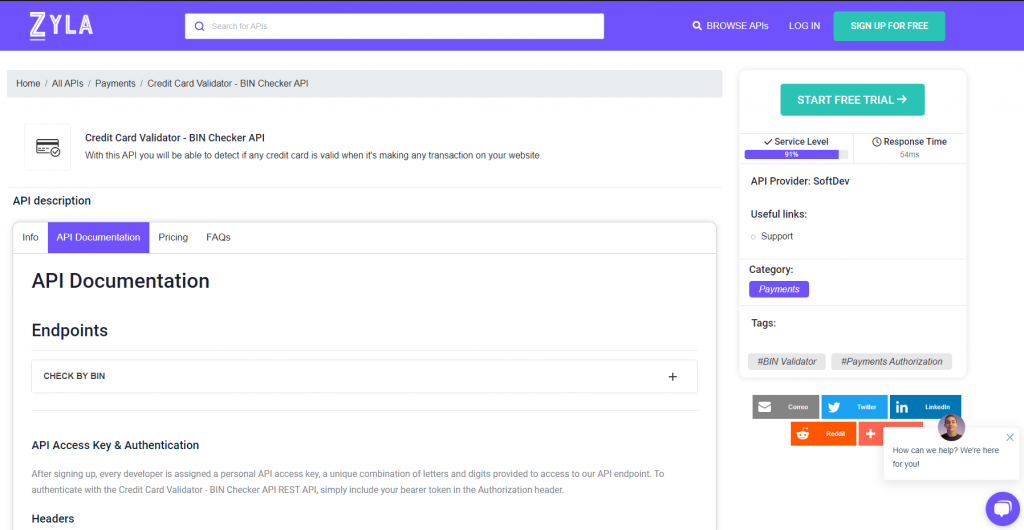The face verification API is a technical tool that allows companies and organizations to identify people based on their facial characteristics. This technology records and analyzes each individual’s unique characteristics, such as the shape of their eyes, nose, and mouth, to create a digital template of their face.
This template may be used by the face verification API to match a person’s facial features to a previously saved database to identify and authenticate their identification. This technology has been used in a variety of applications, including security and surveillance, as well as marketing and advertising.
We will look at the different uses and benefits of the face verification API, as well as the ethical and privacy concerns that surround this technology, in this essay. Keep an eye out for further information on this amazing technology!

What Is The Function Of A Face Verification API In The Business World?
A face verification API might be a highly beneficial tool for a business in areas like security, marketing, identification, and data analysis. However, when deploying this technology, it is critical to keep potential privacy and security risks in mind.
And you may be wondering what benefits it provides because it provides the following:
Improved security: Facial recognition technology has the potential to improve security in several ways. It can be used to identify people entering a facility or getting access to sensitive areas, for example. This can help to prevent unauthorized access and minimize the risk of security breaches.
Enhancement of the customer experience: Facial recognition technology may also be used to improve the customer experience. It may, for example, be used to personalize consumer encounters by identifying consumers as they enter a store or offering personalized recommendations based on previous purchases.
Operational efficiency: Facial recognition technology may also help with operational efficiency. It may be used to automate employee time tracking, saving time and decreasing errors. It may also be used to automate client check-ins, which reduces wait times and boosts overall customer satisfaction.
Marketing insights: Facial recognition technology may be used to collect relevant marketing data. It might be used to track consumer behavior and identify patterns in customer preferences, for example. This information may be used to develop better-targeted marketing campaigns and increase overall customer engagement.
Finally, facial recognition technology may help businesses save money. It can, for example, reduce the need for manual security checks or staff time monitoring, saving time and money.
Based on all of this, we researched various options in this market, but we selected one that is both simple to use and technologically fairly robust. This tool’s name is Zylalabs’ Face Comparison Validator API.
What Is The Function Of This API?
To get started, you will need to supply an image URL to the API, and the AI will handle the rest. This process can result in the following output:
If you choose 2 images from different people, will show if “the two faces belong to different people” or, in the case of a face match will show “the two faces belong to the same person”.
This method returns the percentage of similarity between the two faces. Please keep in mind that the submitted images must be of decent quality.
That is, the face of the person being compared must be visible and clear to the AI. Blurry photos, several persons in the same snap, and unidentified faces can all lead to a comparison error.
However, if these requirements are met, the API will provide the following response:
{
“statusCode”: 200,
“statusMessage”: “OK”,
“hasError”: false,
“data”: {
“resultIndex”: 0,
“resultMessage”: “The two faces belong to the same person. “,
“similarPercent”: 0.9042724605108994
},
“imageSpecs”: [
{
“leftTop”: {
“isEmpty”: false,
“x”: 718,
“y”: 195
},
“rightTop”: {
“isEmpty”: false,
“x”: 356,
“y”: 176
},
“rightBottom”: {
“isEmpty”: false,
“x”: 337,
“y”: 538
},
“leftBottom”: {
“isEmpty”: false,
“x”: 699,
“y”: 557
}
},
{
“leftTop”: {
“isEmpty”: false,
“x”: 859,
“y”: 160
},
“rightTop”: {
“isEmpty”: false,
“x”: 511,
“y”: 111
},
“rightBottom”: {
“isEmpty”: false,
“x”: 462,
“y”: 459
},
“leftBottom”: {
“isEmpty”: false,
“x”: 810,
“y”: 508
}
}
]
}
And how did this Facial Recognition API come to be?
1- Navigate to Face Comparison Validator API and select “S” to get started with the API.
2- You will be provided your API key after registering in Zyla API Hub.
3- This endpoint will receive the image URL and provide the results of the comparison. You’ll be able to tell if the two photographs are of the same person.
4- Once you’ve found the required endpoint, execute the API request by clicking the “run” button and viewing the results on your screen.
Related Post: How To Utilize Face Verification Through APIs

